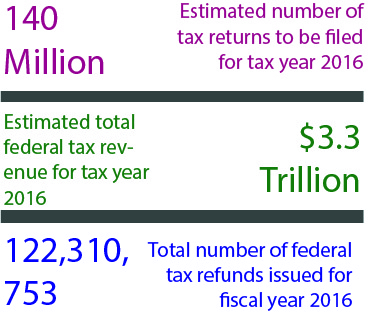When data center properties change hands the transactions do not always make a big splash in the news. If present conditions continue, however, 2017 has the potential to become one of the industry’s most storied periods yet. It is all due to the perpetual expansion of the information superhighway, and novel methods of fulfilling investment mandates.
In the first quarter of 2017 data center REITs posted a gain of 10.41 percent on the FTSE NAREIT All Equity REITs Index, easily surpassing the total index gain of 1.98 percent, according to the National Association of Real Estate Investment Trusts (NAREIT). That performance followed up an equally strong 2016, when data center REITs posted a gain of 26.41 percent, the second largest gain of all equity REITs. The sector comprises slightly less than 6.0 percent of the total REIT market cap, representing $58 billion in market value.
Data centers properties are also gaining attention outside the REIT sector. TIAA Investments, an affiliate of Nuveen, partnered with the Public Sector Pension Investment Board and Digital Bridge Holdings to acquire Vantage Data Centers recently, according to several news reports. Although the financial details of that transaction were not disclosed, Digital Bridge Holdings was formed in 2013 with more than $6 billion in equity and debt capital to invest in data centers, according to the Sovereign Wealth Fund Institute (SWFI), which provides research and consulting services to sovereign and public investment funds.
The TIAA transaction is the latest example of the sharp increase in interest from public institutional investors to invest in the data center sector, usually in partnership with private equity funds and data center sector specialists. From 2012 to 2015, the SWFI recorded about one deal each year among the public funds that it follows. Relatively speaking, deal volume jumped to four deals in 2016. News reports followed transactions such as the California Public Employees’ Retirement System purchase of a 100,000-sq.-ft. facility in a 1918 building in Chicago and the California State Teachers’ Retirement System’s purchase of two data centers in Glendale, Ariz. and Richardson, Texas.
“It is something that we’ve seen on the pension side,” says Michael Maduell, president of SWFI. “Everything is going the way of ‘big data.’ I see the trend growing, especially considering the need for backup redundancies.”
Public institutional investors have already completed two data center deals in 20176. If this investor group keeps up that pace, it could easily surpass last years’ activity.
Not your father’s infrastructure spending
It is a perennial national policy debate: how to address the dire need for infrastructure improvements. For years, as these debates waxed and waned with little few tangible results, public institutional investors began to quietly making their own commitments.
As far as these investors are concerned, data centers are fulfilling their mandates to invest in infrastructure. Pricing on traditional infrastructure projects—which are not as plentiful as the growing data center sector—has tightened to the point where investors are now overpaying to participate in them, Maduell says. Now they are shifting those dollars to data centers.
“It is such a new area, almost the way that vineyards were,” he notes.
